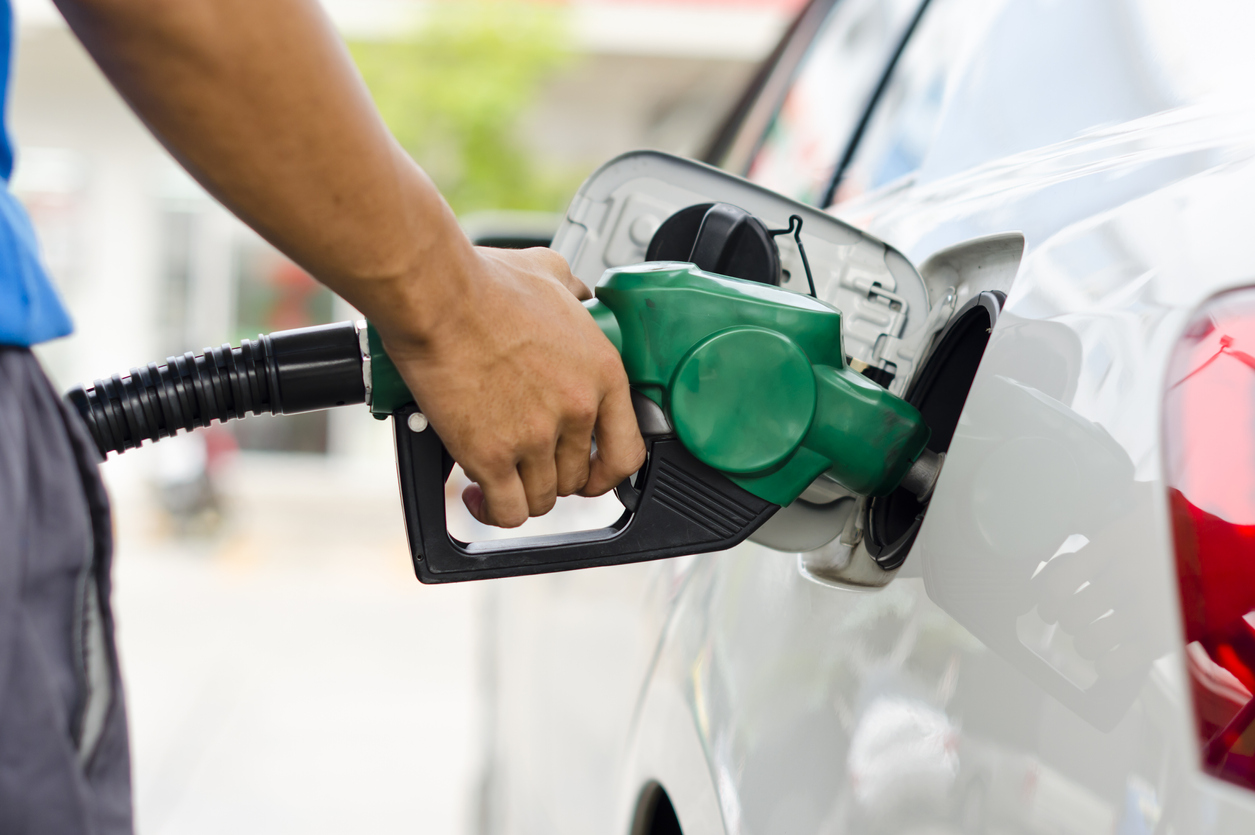
Are previous govts to blame for rise in petrol prices – as Modi said?
“As of 2019-20, India had crude oil reserves of about 62 crore tonnes. That year, we consumed about 25 crore tonnes. At that rate, all our reserves would be used up in two-and-a-half years. At our current state of exploration of oil reserves, we can do nothing to dent our import dependence. At best, we can reduce it a bit,” Chakravarty said

Petrol has crossed Rs100 in parts of Madhya Pradesh and Rajasthan, with Narendra Modi blaming previous governments for the price rise.
“We pay so much for petrol because we have to import most of its key ingredient, crude oil,” the prime minister said. “So, when global oil prices go up, there’s no option but to raise fuel prices at your local petrol station. If only India had produced its own crude, oil marketing companies in India could have set their own prices.”
Senior economic analyst Aunindyo Chakravarty said Modi was being economical with the truth. “All that the PM said seems to be true, only if you know nothing about the oil business. But first, let us tackle the issue of why we don’t produce enough of our own crude oil. This is simply because we don’t have enough proven reserves.”
“As of 2019-20, India had crude oil reserves of about 62 crore tonnes. That year, we consumed about 25 crore tonnes. At that rate, all our reserves would be used up in two-and-a-half years. At our current state of exploration of oil reserves, we can do nothing to dent our import dependence. At best, we can reduce it a bit,” Chakravarty said.
Also read: Nirmala Sitharaman has a solution for petrol, diesel price hike issue
When Modi first became PM in 2014, he set an aim to cut crude imports by 10 per cent by 2022. That year, India imported 83 per cent of the crude it consumed, which ought to go down to about 73 per cent by 2022, as per Modi’s projection. However, India’s crude import dependence has increased since 2014. In 2019-20, it stood at 88 per cent of our crude consumption.
In fact, from the year 1998, the import of crude oil has only increased and not decreased. According to data from the Ministry of Petroleum and Natural Gas, India imported 39,808 metric tonnes of crude oil in 1998 and 95,861 in 2004. It increased to 189,435 metric tonnes in 2014 and 226,995 metric tonnes in 2019.
Fuel consumption does go up with economic and income growth. So, if crude oil consumption increases at a faster pace than domestic production, the share of imports will also go up. The truth, however, is that India’s crude oil consumption growth has slowed down sharply in the Modi years. Between 2013-14 and 2019-20, consumption increased by about 2.2 per cent per year. The rate of growth in the previous six years, between 2007-8 and 2013-14, was 6.7 per cent.
The domestic production of crude oil also decreased in the Modi year. In 2013-14, Indian companies produced 37.8 million tonnes of crude oil and condensate. That dropped to 32.2 million tonnes in 2019-20, a sharp slide of 15 per cent. Instead of contributing more to India’s crude oil consumption, domestic oil companies provided even less than what they used to before the Modi government came to power.
Also read: Petrol, diesel near record highs as oil marketing cos hike prices after a month
Arun Kumar, Malcolm Adiseshiah Chair Professor at the Institute of Social, told The Federal: “PM accused ‘imports of crude oil’ for the hike in petrol prices. But the imports are still increasing in his tenure as well. The domestic production of crude oil has also decreased. What he says is completely different from reality. In reality, the effort itself was missing.”
“We have to import because we haven’t spent enough on ‘exploring’ new oil fields. To produce more crude, you need to invest more in exploration and oil extraction. The opposite happened as far as government oil companies are concerned. In 2013-14, the last year of UPA-2, ONGC spent Rs 11,687 crore on exploration. In 2018-19, it had dropped to just Rs 6,016 crore,” Kumar said.
“Even if we start extracting our own crude, that will not lower the price of petrol. When we refer to crude imports, there are many other factors added to it like transportation costs to the refineries and to the respective petrol pumps, the refining costs which will also be there if we produce crude within the country. Crude oil is a resource that would be costly for India even if we import or produce within the country. If India produces crude it will take heaps of costs for discovering crude and mining it too,” he said.
Chakravarty said: “Import dependence is only half of the petrol pricing story. The truth is hidden in the pricing mechanism itself. We are told that petrol and diesel prices are now unregulated and decided by market forces. That is simply untrue. The pricing of petrol has nothing to do with either its cost of production or its demand in India. It is almost entirely determined by how much it would cost to import petrol into the country, even though petrol is being produced in India.”


